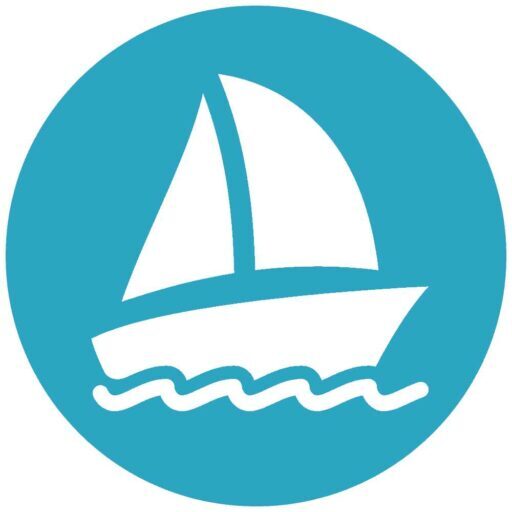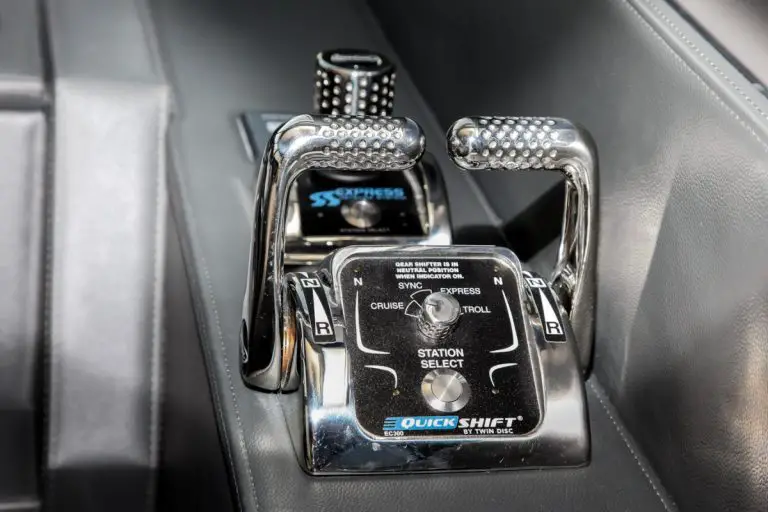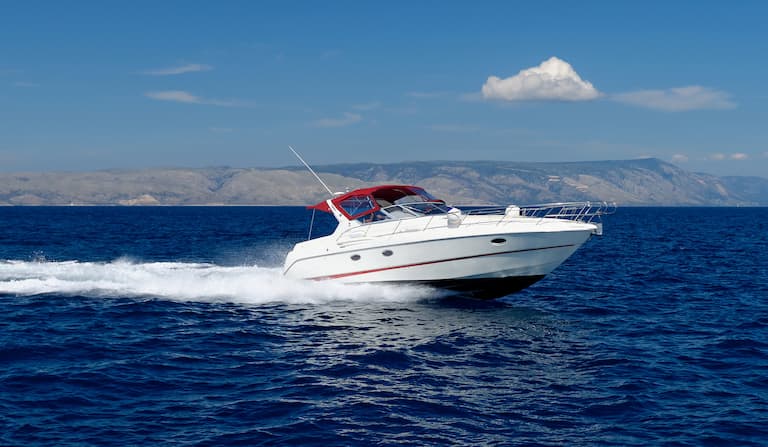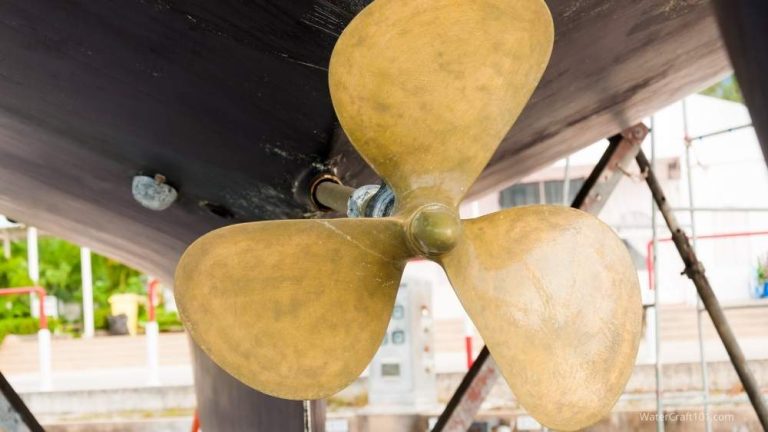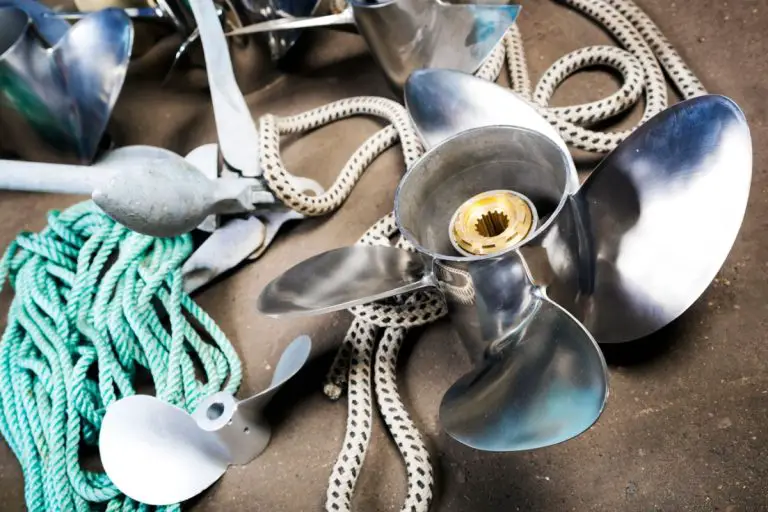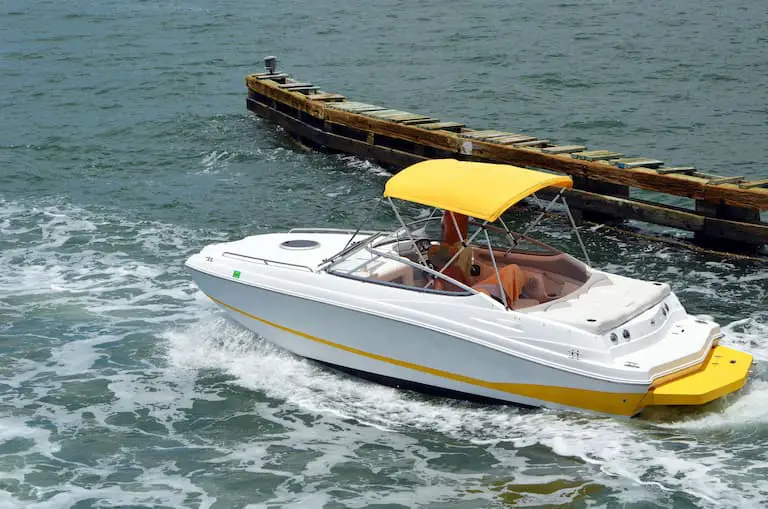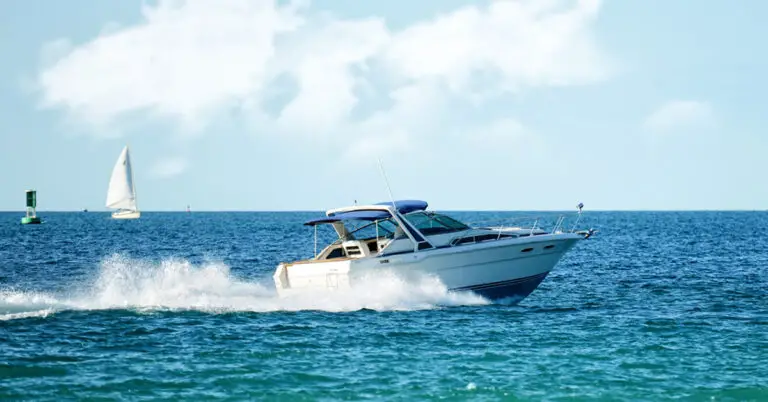High-Speed Boating (What Is It & How Fast?)
While you may enjoy driving your boat fast as it will go, true high-speed boating takes boating and speed to a whole other level. But what are speed boats, and what is considered high-speed boating?
High-speed boating uses a powerboat (a boat with a motor) to travel at speeds between 150 – 200mph or faster. Also known as Go-Fast Boats, these high-performance boats are generally used in boat racing competitions and can be deadly when accidents occur.
High-speed boating has an exciting history, including captains who were able to break speeds over 300mph (482.8 kph). Keep reading to learn more about high-speed boating.
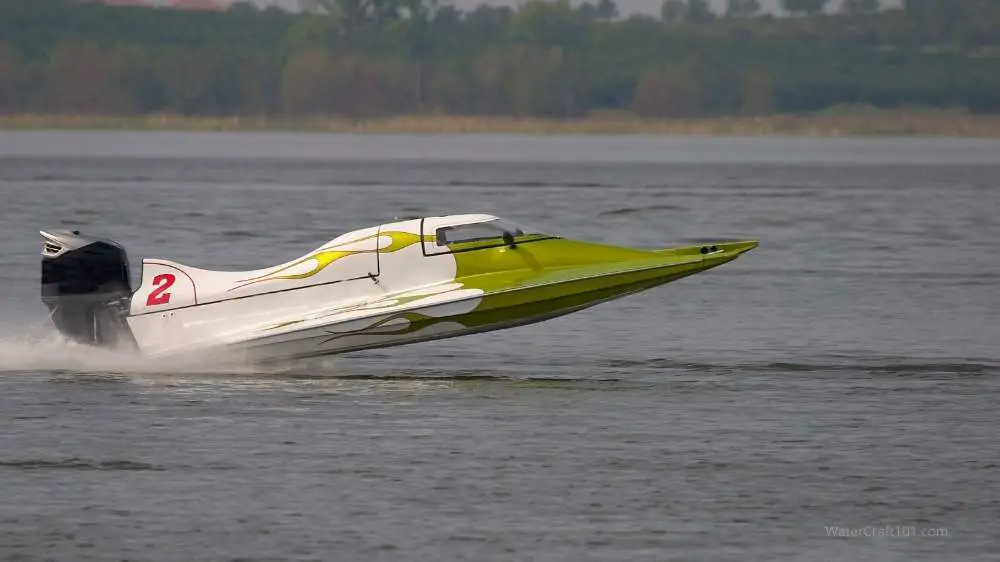
Pros and Cons of High-Speed Boating
When you research boats, you may wonder why someone would be interested in a speedboat versus another kind of boat.
Pros
The most significant benefit to high-speed boats is that you can go fast. Very fast. In general, speed boats will travel faster than sailboats or paddle boats. The speedboat driver does not need extensive sailing knowledge, and you can learn to operate the vessel the same way you learned to drive a car.
Additionally, speedboats do not depend on the wind speed or direction to move. In high-speed boating, the operator will likely want to catch the tailwind to increase the speed, but if you are not trying to set any records, you can travel against the wind without noticing the difference.
Cons
Anytime you are putting an engine on a vehicle (regardless of water or land), you risk facing serious accidents. Traveling at speeds upwards of 250mph (402.3kph) is incredibly dangerous. Professional speedboat drivers use regulated restraint and emergency systems if there is a life-threatening issue.
For example, Donald Campbell died while trying to break his record in the Bluebird K7. Campbell attempted to break 300mph (482.8kph), and due to an unfortunate event, the nose of the watercraft lifted, and Campbell lost control resulting in the crash that ended his life.
High-Speed Boating History
Formula 1-speed boats participate in races to earn prizes and notoriety. The American Powerboat Association (APBA) held its first race in 1911. These boats are some of the fastest vessels on the water. Like car races, speedboat races have origins in the Prohibition era.
Cigarette boats were initially used to smuggle alcohol without detection and were originally dubbed “rum runners.” But when the cigarette smuggling industry became lucrative, the vessels were used to transport illicit cigarettes. These boats were fast enough to outrun the Coast Guard, guaranteeing the operators would continue to see the light of day outside of a jail cell.
Today, speedboat races occur worldwide, and many organizations host these events. Formula 1 racing boats are modeled after F1 Fighter Jets and must use the same engine during a race. Drivers reach incredible speeds of 80 – 200mph (128.7 – 321.8kph) on the water.
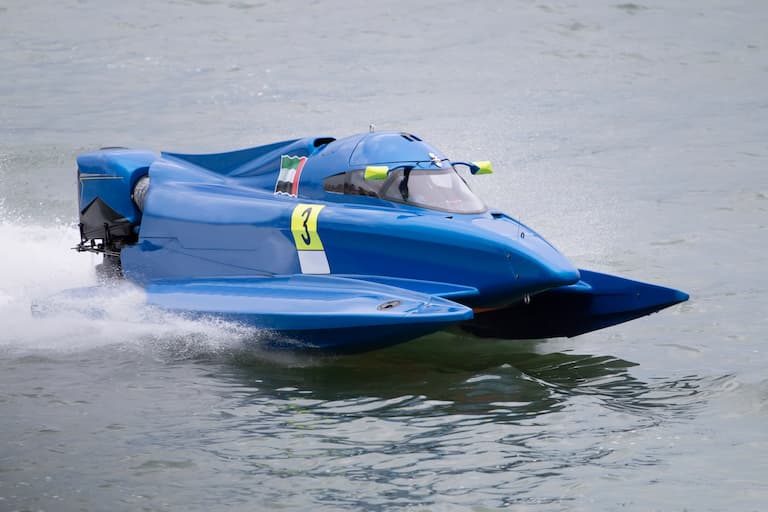
The Fastest High-Speed Boats
Not everyone can reach top speeds in a high-speed racing boat, but three significant world-record holders beat the odds.
The Spirit of Australia
From its humble start with a few pieces of wood on a kitchen table, The Spirit of Australia became the fastest recorded speed boat worldwide. This famous boat was designed and built out of plywood and timber by Ken Warby of Sydney, Australia.
To get the fastest speed, Warby used three J34 engines – commonly used for jet planes. Warby set the record for the fastest speed boat in the world in 1978, topping out at 317mph (510kph).
His accomplishment is impressive and stands on its own, but it is even more remarkable that he built it in his backyard with a few power tools.
Bluebird K7
In the 1960s, speedboats and hydroplanes were more popular as engineers continued to develop the technology. Owner and captain of the Bluebird K7, Donald Campbell, managed to set several top-speed records in his powerboat.
Campbell’s engineers used a Metropolitan-Vickers Beryl turbojet engine to set the world record that year. The Bluebird K7 topped out at 276mph (444.17kph) in 1964.
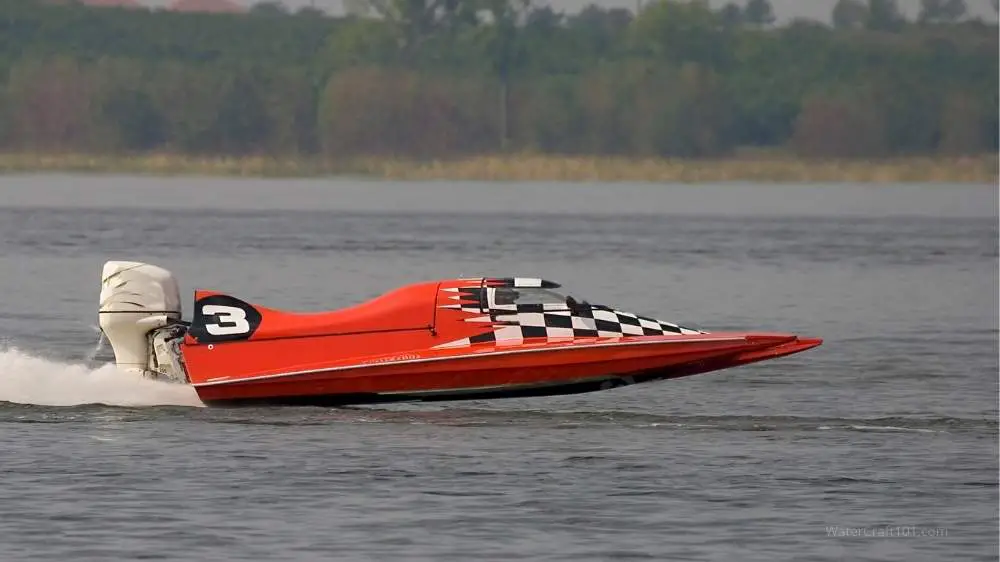
Problem Child
Over the years, many speedboats have tried to live up to The Spirit of Australia and Bluebird K7. Until 2013, none of them reached as close as the Problem Child. The owner of Problem Child, Eddie Knox, is reported as the fastest drag boat on the water.
Knox used a Hemi V8 engine to power his speedboat and impressed the speed boating community by reaching 262mph (421.6kph) in 3.5 seconds.
Safety First
Once you have done your research and decided that speed boating is the watersport for you, you must keep safety as the number one priority. Properly stocking your watercraft with essential emergency supplies will help you sail safely.
Every powerboat requires a fire extinguisher onboard. It may take emergency services several minutes to reach you in a fire or wreck, so make sure you have a working fire extinguisher that is not expired.
Life vests and throwable flotation devices are not only a good idea, but many states require the operator to carry enough personal flotation devices for the number of passengers. You will become exhausted if you are forced to evacuate the boat and need to tread water for an extended period.
Visual and sound signaling devices will alert others on the water that you are in distress. The Sirius Signal SOS (available at Amazon.com) meets all Coast Guard requirements with its loud sound and bright, flashing orange light.
High-Speed Boating – Conclusion
High-speed boating is an exciting, thrilling sport that people enjoy on the water year-round. Any powerboat with an engine will be faster than a typical sailboat or paddle-powered boat, but high-speed boating comes with a whole lot more power and requires some unique skills and courage.
Remember that high-speed boating or racing is not all fun and games. You should take the sport with extreme caution as it has proven fatal. Ensure that you inspect your safety equipment regularly to reduce the risk of equipment failure and store it on your boat at all times.
Finally, have fun! The point is to enjoy the ride.
